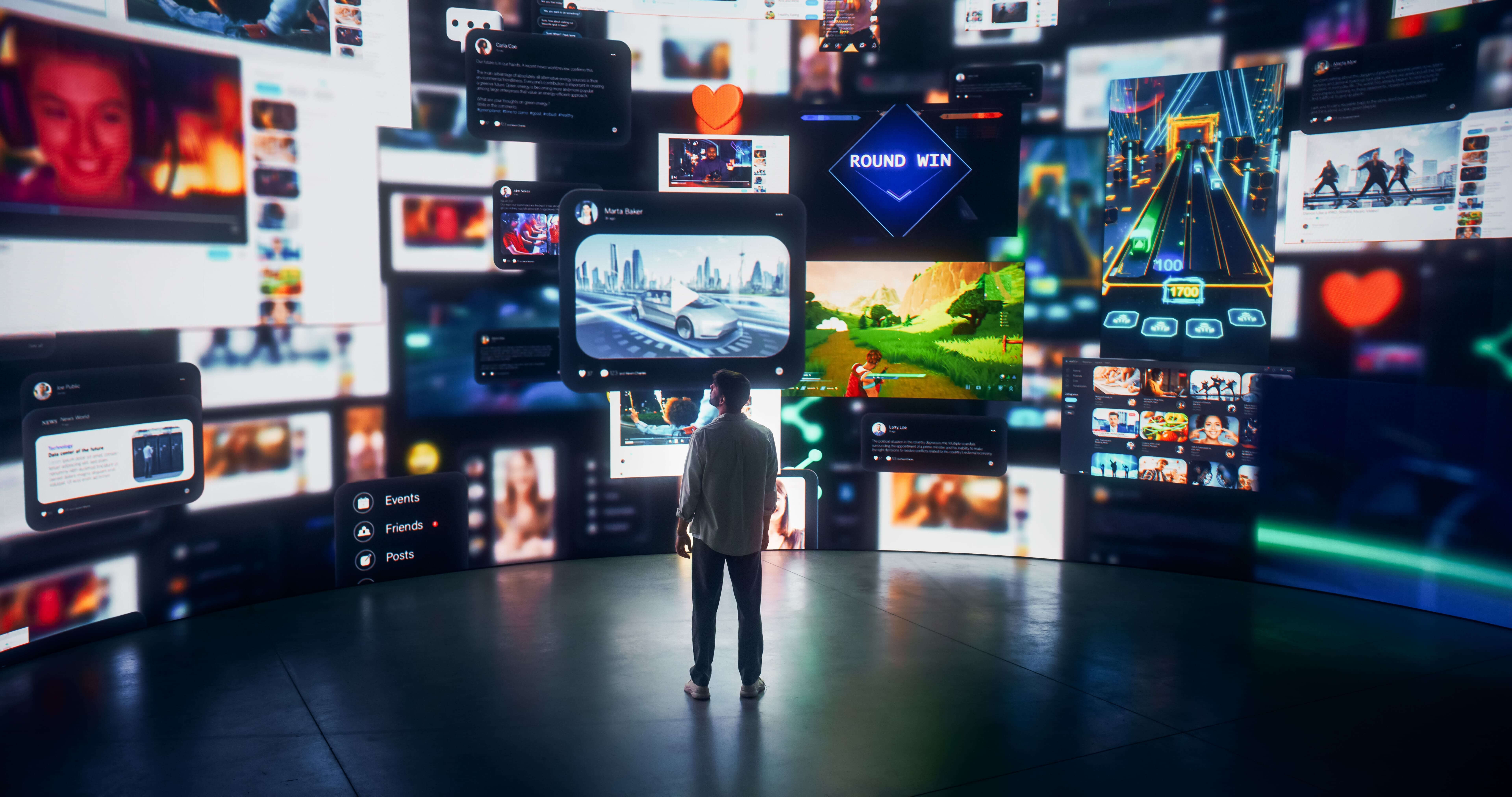In recent years, Augmented Reality (AR) has transcended beyond the realms of gaming and entertainment, making a significant impact in the field of education. This innovative technology, by overlaying digital information onto the real world, has opened new horizons for interactive and immersive learning. AR-based educational apps are not just a fleeting trend; they are reshaping the way students engage with content, making learning more dynamic, accessible, and fun.
The Essence of AR in Educational Apps
Augmented Reality in educational apps is more than just a buzzword; it's a gateway to a world where textbooks come alive. Imagine pointing a smartphone at a textbook page and seeing a 3D model of the solar system hovering above it, or walking through historical events as if you were there. This level of interaction was unimaginable a few decades ago, but AR makes it possible, enhancing the learning experience in ways traditional methods cannot.
Enhanced Engagement and Understanding
One of the most significant impacts of AR-based educational apps is the increased engagement and understanding they foster. By bringing abstract concepts to life, these apps cater to various learning styles, particularly benefiting visual and kinesthetic learners. Students can interact with 3D models, participate in virtual field trips, and even conduct experiments in a simulated environment, leading to a deeper understanding of complex subjects.
Accessibility and Customized Learning
AR apps also democratize education by making learning resources more accessible. Students in remote or under-resourced areas can experience the same interactive learning as those in well-equipped schools. Furthermore, these apps often allow customization to suit individual learning paces and styles, making education more inclusive and personalized.
Encouraging Creativity and Problem-Solving
Augmented Reality in education is not just about consuming content; it's also about creating it. AR apps encourage students to think creatively, solve problems, and engage in project-based learning. This hands-on approach is crucial in developing critical thinking and problem-solving skills, essential for the 21st-century workforce.
Challenges and Future Prospects
While the benefits are numerous, challenges such as the need for compatible devices and the potential for over-reliance on technology cannot be overlooked. However, as technology advances and becomes more affordable, these barriers are gradually diminishing. The future of AR in education looks promising, with continuous innovations enhancing both teaching and learning experiences.
Conclusion: A New Era of Learning
In conclusion, Augmented Reality is not just a technological advancement; it's a revolutionary approach to education. AR-based educational apps have the potential to transform traditional learning environments, making education more engaging, accessible, and effective. As we embrace this new era of learning, it's exciting to envision how AR will continue to shape the educational landscape, preparing students for a future where digital and physical realities coexist seamlessly.




